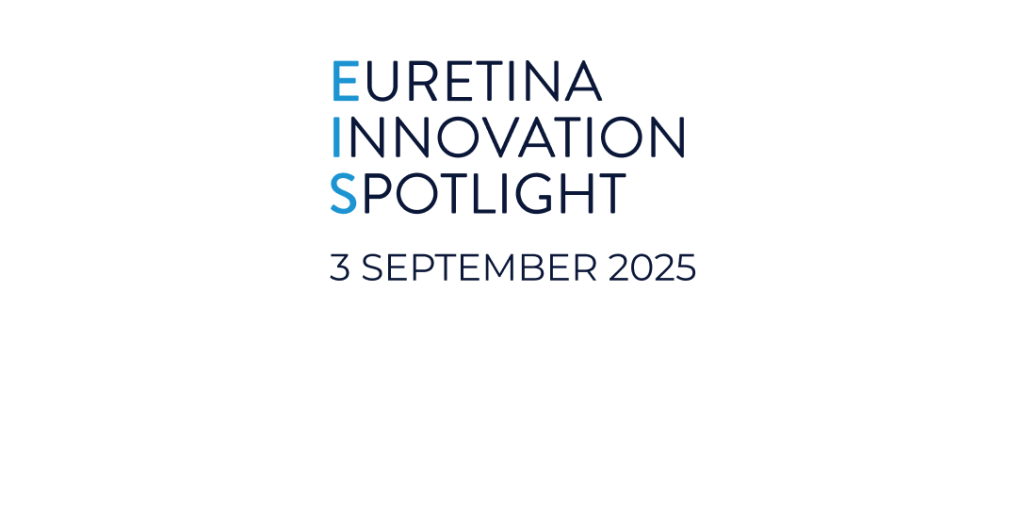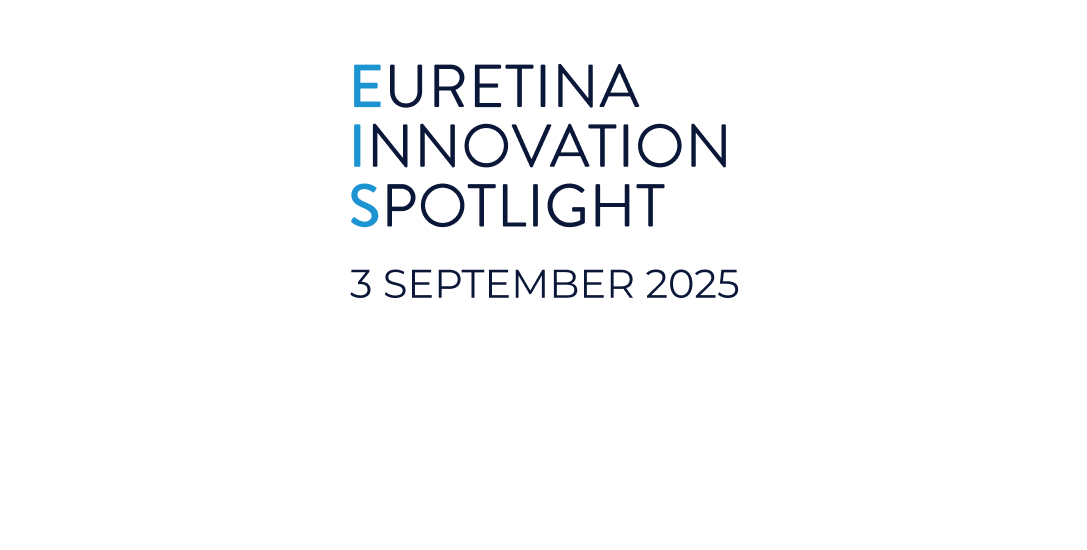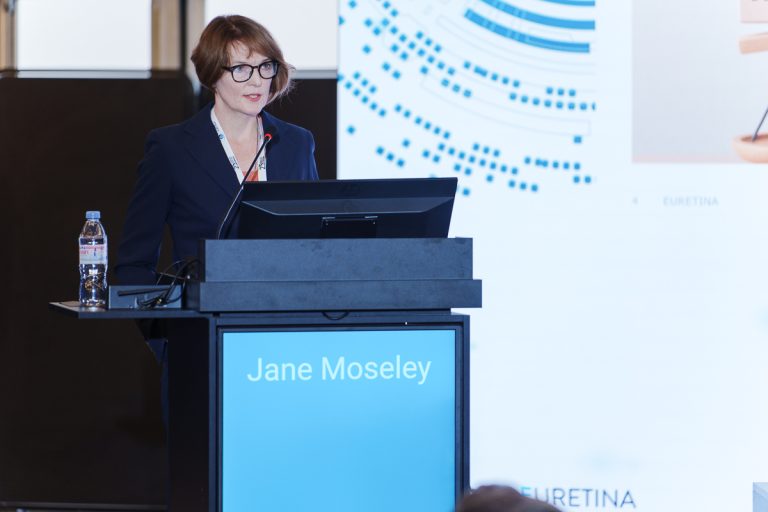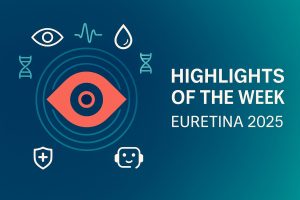Euretina Innovation Spotlight (EIS) 2025 introduced a keynote lecture as a new feature of the meeting. Given by Jane Moseley, Senior Scientific Officer, Scientific Advice office at the European Medicines Agency (EMA), the talk titled: An EU Regulator’s Perspective: Endpoints” provided a wealth of valuable information for EIS attendees.
Beginning her talk, Ms Mosely stated that it was her individual perspective and said, “I hope that I can demystify some of the requirements and explain the rationale for some of the thinking behind them.”
The focus of the talk was on primary endpoints for efficacy in pivotal trials for drug approval. Ms. Moseley began by reviewing standard regulatory expectations and then proceeded with a discussion of regulatory expectations for researchers developing a new clinical endpoint or a new surrogate endpoint, including the concept of intermediate endpoints in conditional marketing authorisation.
Ms Mosely noted that when deciding on approval of a new medicine, regulators are tasked with weighing the risks and benefits of the agent, and the data on benefits comes principally from the primary efficacy endpoint in pivotal trials. A problem in ophthalmology, however, is that there are many situations where there are not established endpoints, she said.
Discussing the regulatory expectations in such situations, Ms Moseley said that sponsors seeking marketing authorisation for a product based on use of a new primary clinical endpoint in the pivotal study will need to explain the clinical relevance of the endpoint for the target population.
“That means justifying the proposed concept measured and that this is a clinical efficacy endpoint and explaining the minimally clinical important difference for your response. This is because EHMP expects a clinically meaningful difference in the treatment effect, not just statistical significance,” she said.
Ms. Moseley also covered the situation of treatments for rare diseases. Here she mentioned EMEA guidance on approval under exceptional circumstances and CHMP /EWP guidance on clinical trials in small populations.
Moving onto surrogate endpoints, Ms. Moseley outlined several validation elements that must be in place before the EMA committee accepts a surrogate endpoint is sufficiently validated to be a standalone substitution.
“One I want to emphasise is that with an investigative medical product, a change in the surrogate endpoint predicts or corresponds to a change in a clinical efficacy endpoint,” she said.
Ms Moseley reviewed the regulatory concerns about surrogate endpoints and said that the agency appreciated that there are challenging hurdles for acceptance of surrogate endpoints. Here she mentioned that in other fields, such as oncology, a proposal developed by a consortia group has been helpful.
Turning her discussion specifically to geographic atrophy (GA), Ms Moseley discussed the concerns about the current anatomical endpoint of GA lesion size and offered ideas on what to do if trial planners want to use an anatomical endpoint as a primary endpoint.
She also mentioned that the use of GA lesion size has been accepted provisionally by the EMA, but with a big “BUT”.
“That is, it must be accompanied by justification that it is a valid surrogate of visual function,” Ms. Moseley said.
She outlined means of providing the justification, and said, “Obviously, this is an area of active discussion, and it is highly recommended to seek advice if planning a GA trial.”
Ms. Moseley ended her discussion of endpoints with information about intermediate endpoints in the context of conditional marketing authorisation. Then she provided a list of some specific “Do’s and Don’ts for medicines’ developers.”
As a final comment, she said, “I want to reassure you that ophthalmology is certainly an area of much unmet need and active innovation. At the EMA we are certainly open to dialogue in our procedures on endpoint development, and we look forward to seeing you come.”









